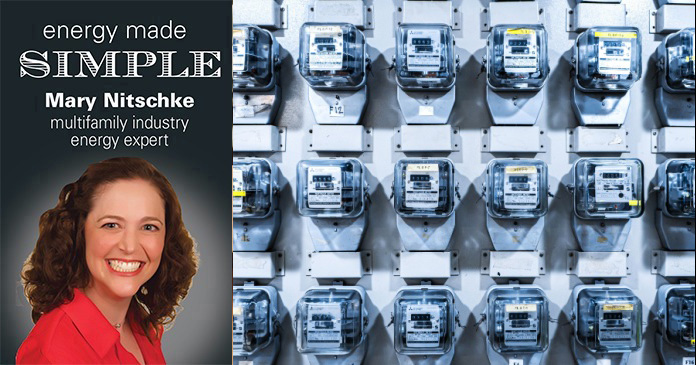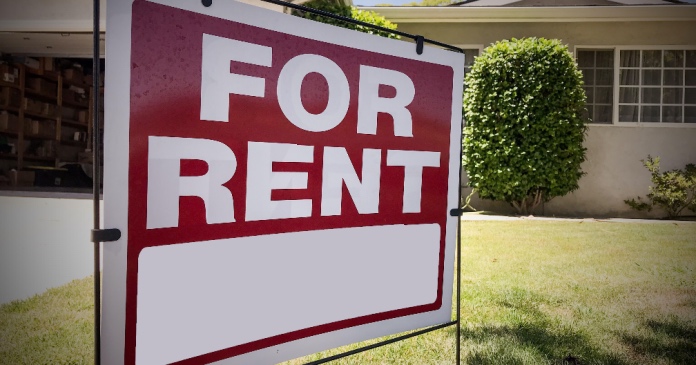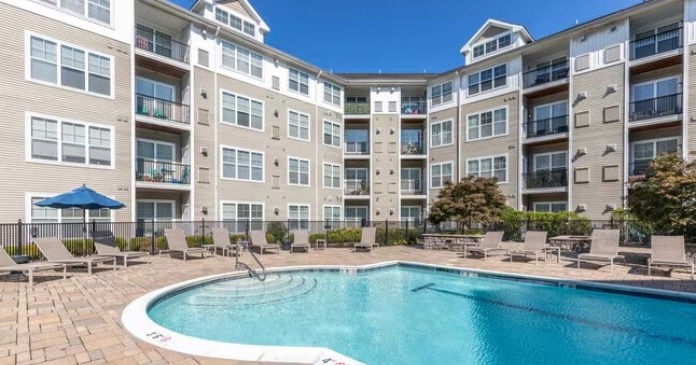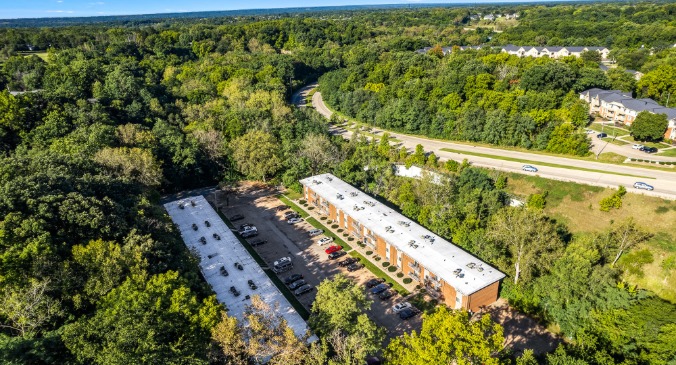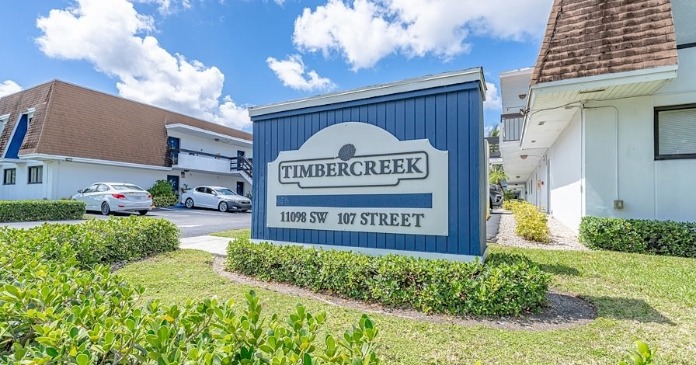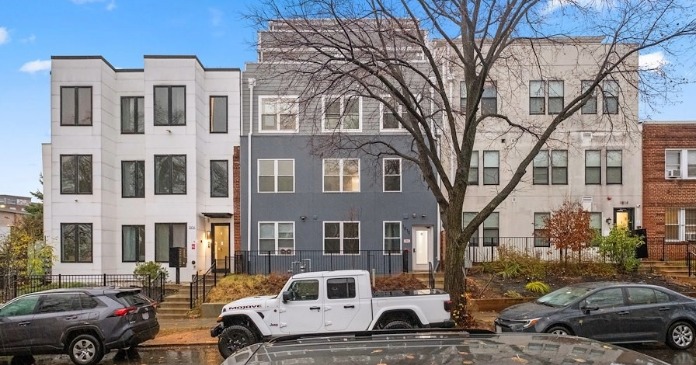It is not even close to being one of my favorite movies, but there is a well-used quote from the movie, “Jerry McGuire.” I bet you just guessed the quote. If not, it is time to “Show me the money.” I think measuring sustainability, energy and performance using dollars instead of gallons, therms or kilowatts can be incredibly meaningful, particularly when it comes to our residents. Which is why it is time to embark on a multi-part series focusing on our utility billback program and how it affects our conservation efforts.
Typically, when we think about our billback programs, we think about water/sewer as that is the most common commodity in the programs. However, I would like to start with the energy in the unit, or our vacant cost recovery programs.
Quick overview: When a new resident moves into a unit but fails to transfer the electricity service into their name as required by the lease agreement, the owner ends up paying for the energy used within the unit until the resident resolves the issue by putting the energy service into their own name. What incentivizes the resident to do this is a “stick” in the lease, which is an onerous penalty charge. This charge is billed to the resident in the service period along with the energy consumption charge from the utility provider.
Why this practice is fantastic is that it is very motivating to the resident to put the unit meter into their name. That said, it is a good idea to understand when to waive the penalty and when to collect the fee.
- Understand your community’s electricity provider and their customer service history. A friend of mine often says, “Electricity providers are great at delivering energy when you need it. They are less great at customer service and support.” I think my friend could write inspirational quotes for a living. This is so true, especially if your community is in a market where there is a lag in setting up a new utility account. For the rush move-in resident who executes their lease on Thursday with the intention of moving in that Saturday, it might be worth letting the resident know what that lag typically is and that they should see you when the charge rolls in.
- Understand the extent of your resident’s experience with utility set up. I had a resident who moved in on the 20th who was upset she was charged the penalty when she started her service for the first of the following month. “Like you are supposed to do!”, she thought. It was her first apartment, her first utility sign-up and, although the energy charges were due, I waived the penalty to ensure I had a better chance at renewal. The site team was “looking out for her.” Indeed, a valuable impression to have.
- Know if your property has smart meters. With smart meters, some utility providers can put service into the resident’s name retroactively. I have seen instances where residents who had received their vacant electric bill plus penalty from the apartment manager, brought in their own bill from the electricity provider for the same exact dates of service. When this occurs, typically the residents moved in and started service effective on their move-in date. Your billing program may have worked correctly, but you should reverse both the energy charge and the penalty as you are going to get a credit back from the energy provider (They do not double bill, but it is not uncommon for there to be overlapping bills when there is a smart meter).
- Last (and most importantly) know how to confirm what the resident is telling you when they request a charge reversal and provide proof of service. I once had a property where every month a certain resident would come into the office with their bill and show a printout of their account with the utility provider showing the identical charge with “Paid” status. I finally pulled the vacant bill associated with the resident’s account from my utility billing portal only to discover that the resident had indeed put the account into their name but had instructed the utility provider to continue to send the bill to the owner’s PO box for processing by the utility pay vendor. That resident was devious!
It is incredibly valuable from both an NOI perspective and a conservation perspective to have a vacant cost recovery program. It is equally valuable to have a process in place to waive penalties when appropriate, and an approach to researching the charge before it is waved. That will assist with your customer satisfaction/renewal experience and make sure you are “shown the money” when it is yours.


